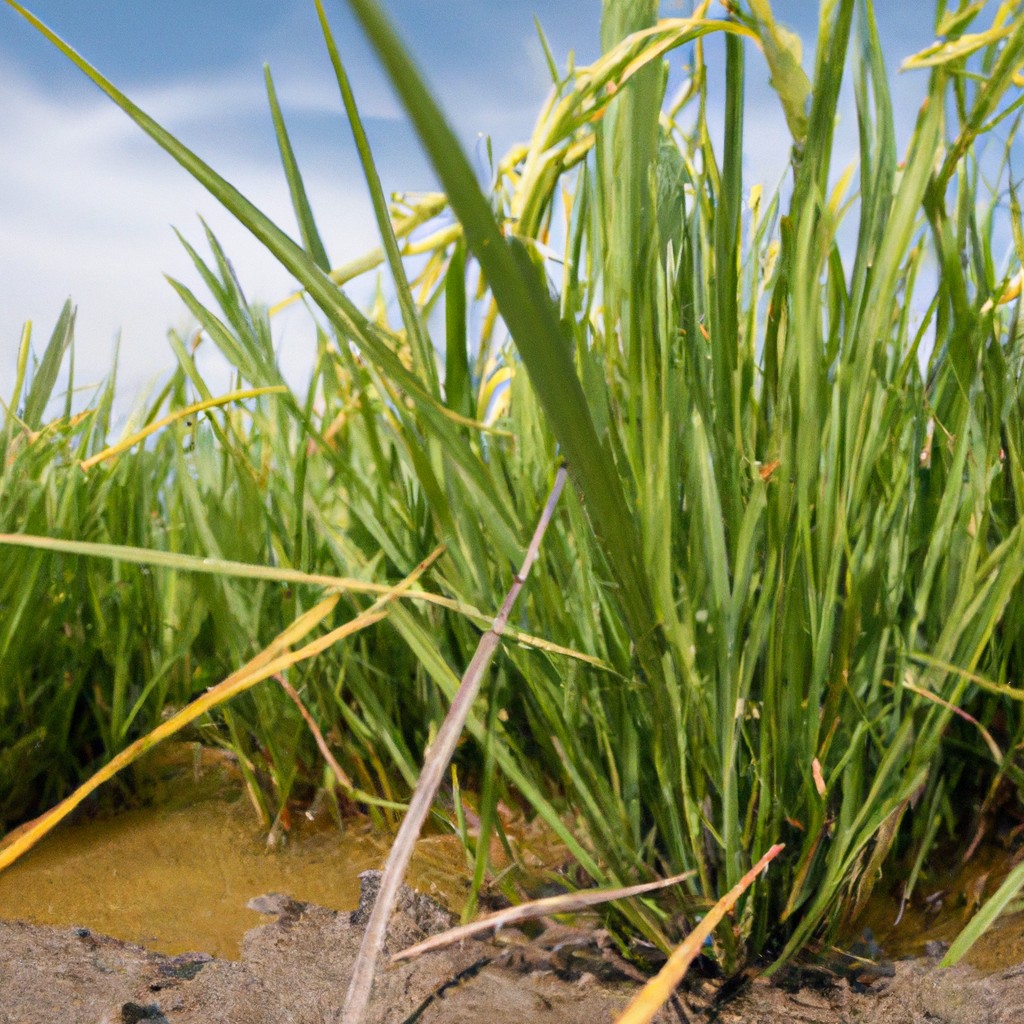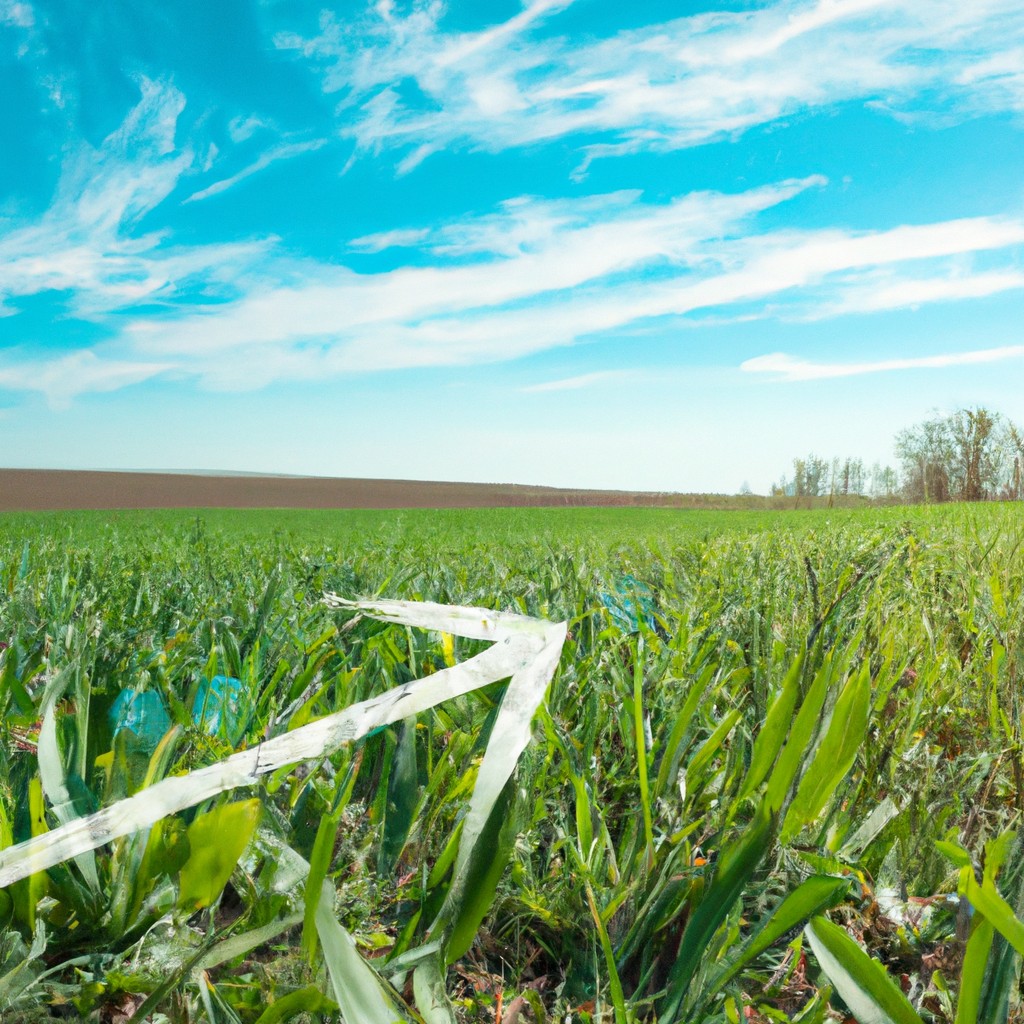In this article, you’ll discover what sustainable and regenerative agriculture entails with examples to understand its real-world application.
Look Inside:
History

Humans went from foraging berries in loincloths to organizing agriculture that kick-started civilization. Here are some key moments:
Thousands of years ago, the dawn of farming began in the Fertile Crescent. Ancient civilizations like the Sumerians and Egyptians contributed their agricultural ingenuity, planting the seeds of early crop rotation and irrigation.
Medieval Europe saw the three-field system taking root. Farmers alternated between growing crops and letting fields rest, yielding better harvests and less soil heartbreak.
The Industrial Revolution cranked it up a notch. Machinery like the seed drill and threshing machine made agriculture look like a steampunk fantasy. Suddenly, one farmer could do the work of many.
More recent history saw the Green Revolution flex its biceps. Hybrid seeds, synthetic fertilizers, and pesticides aimed to end hunger but also made environmentalists twitchy.
Each era brought its quirks and innovations, shaping how we grow food today. From ancient plows to modern robotics, the history of agriculture is a wild, fruitful ride.
Types
Let’s dive into the wonderful world of agricultural diversity. The bouquet of farming types is as colorful as a field of wildflowers.
First up, we’ve got conventional farming. It’s your classic, run-of-the-mill type, relying a lot on synthetic fertilizers and pesticides. Think of it as the fast food of farming – quick, predictable, and everywhere.
Next, organic farming enters the stage. No chemical cocktails here! By focusing on natural processes and biodiversity, it’s a bit like yoga for the soil – finding balance and harmony.
Then there’s permaculture. This one’s the long game. It’s all about working with nature, not against it, to create self-sustaining ecosystems. Imagine a farm that’s designed by Mother Nature herself – smart and sassy.
Ever heard of aquaponics? Picture a symbiotic relationship between fish and plants. It’s urban farming’s cool cousin, using hardly any soil. Fish waste becomes plant food, plants clean the water, and everyone’s happy.
Lastly, regenerative agriculture aims to rebuild organic matter and restore biodiversity. Instead of just maintaining the farm, it gives back to the land. Think of it as a farm spa day – pampering the earth to promote long-term wellness.
Each type promises unique benefits and challenges – a veritable buffet of farming options to suit different palates and purposes!
Crop Cultivation Systems
There are several crop growing systems used today that are as diverse as the crops themselves!
- Monocropping: It’s like throwing a birthday bash for one particular plant. This system involves growing the same crop year after year on the same land. Easy to manage, but if a pest likes the crop, it’s their buffet.
- Crop rotation: Think of this as a changing menu for the soil. Different crops are rotated on the same land season after season. Keeps pests guessing and soil nutrients balanced.
- Intercropping: Imagine a friendship bracelet, with different crops growing side by side. This tactic maximizes land use and fosters beneficial plant relationships. Peasants loved it, and so does Mother Nature!
- Agroforestry: Here you’re mixing trees and crops, like a mini forest with veggies. This system boosts biodiversity and soil health. Plus, who doesn’t love a stylish orchard?
- Hydroponics: A futuristic approach, plants grow in nutrient-rich water without soil. Perfect for space-savvy urban farmers or those who think dirt is soooo last century.
Each system has its quirks and benefits. Choose wisely!
Livestock Production Systems
In this realm, you’ll find several methods, each with its unique charm and tricks. Let’s moo-ve through some:
First on the list, we have intensive systems. Picture a bustling city, but for cows, chickens, and pigs. Animals are raised in confined spaces, designed for maximum efficiency and output. Think conveyor belts and automated feeders. It’s like a high-tech farm with more moo-ing.
Next up is the extensive system, nature’s favorite. Livestock roam free over large areas, grazing at their leisure. Imagine a bovine vacation resort – lots of space, fresh air, and a buffet of grasses. Perfect for those who prefer the au naturel approach.
Then, we have mixed farming systems, where crops meet critters. It’s the ultimate crossover episode. Animals and plants share the land, benefiting each other. Manure becomes fertilizer, and crops provide feed. It’s a win-win, like a buddy cop movie but with fewer car chases.
Last but not least, there’s rotational grazing. Imagine a savvy game of musical chairs for cows. Paddocks are divided and animals move in a ballet-like sequence, ensuring pastures remain lush and healthy. It’s farming with a twist and a touch of dance. Just don’t expect the cows to do pirouettes.
Environmental Impact
Agriculture loves to play Dr. Jekyll and Mr. Hyde with our planet. On one hand, it’s our lifeline, giving us food, clothes, and the occasional reason to visit the pumpkin patch. On the other hand, it can be a real troublemaker for the environment. Here’s the lowdown:
First up, deforestation. Many trees have been given the axe so we can plant crops and raise livestock. This clears the land, but it also reduces habitats and contributes to greenhouse gas emissions.
Pesticides and fertilizers are like the sugar rush of farming. They boost crop yields, but their chemical residues can pollute water sources and harm wildlife. Not exactly the after-party splash everyone wants.
Then there’s soil degradation. Continuous cropping without giving the soil time to chill can deplete its nutrients. Think of it like your friend who never gets off the couch. Eventually, it’s not going to help anyone.
Water usage is another biggie. Irrigation can guzzle more water than a marathon runner. Over time, this can deplete water resources, leaving less for everyone and everything else.
Lastly, let’s talk methane, a greenhouse gas superstar. Livestock like cows produce methane, with their burps contributing to climate change. So those pastoral scenes of grazing cattle come at a cost.
Farming’s impact on the environment is a balancing act. Much like trying to juggle oranges while riding a unicycle – sometimes funny, occasionally disastrous.




